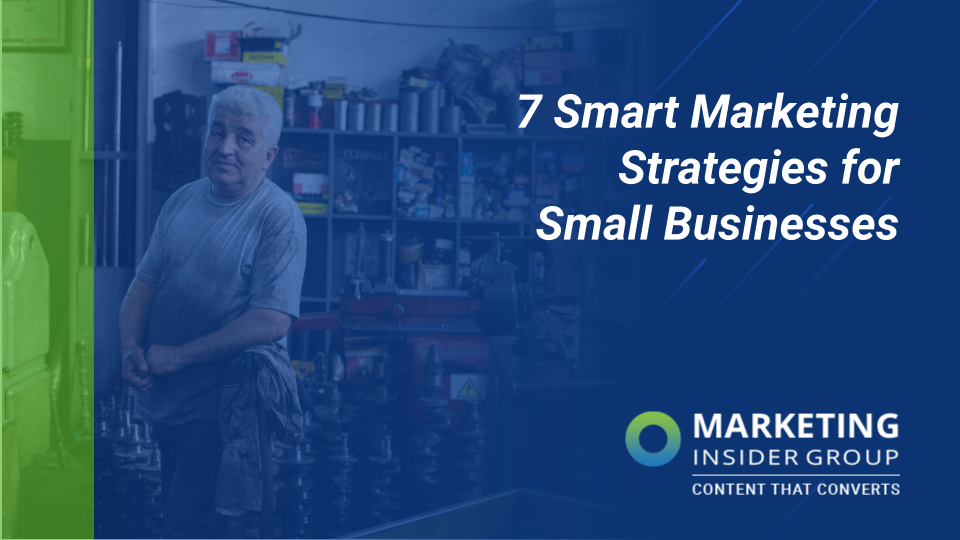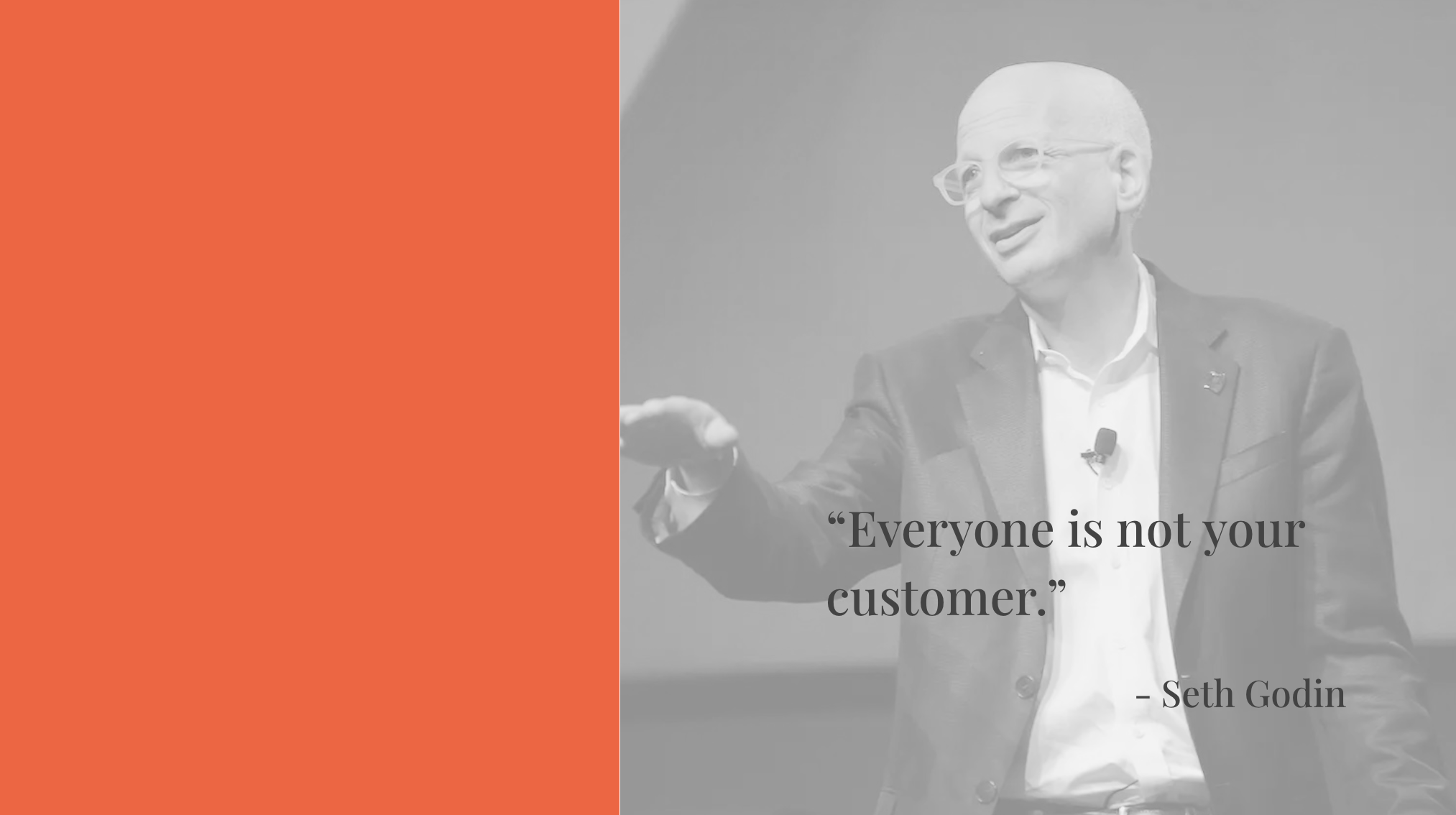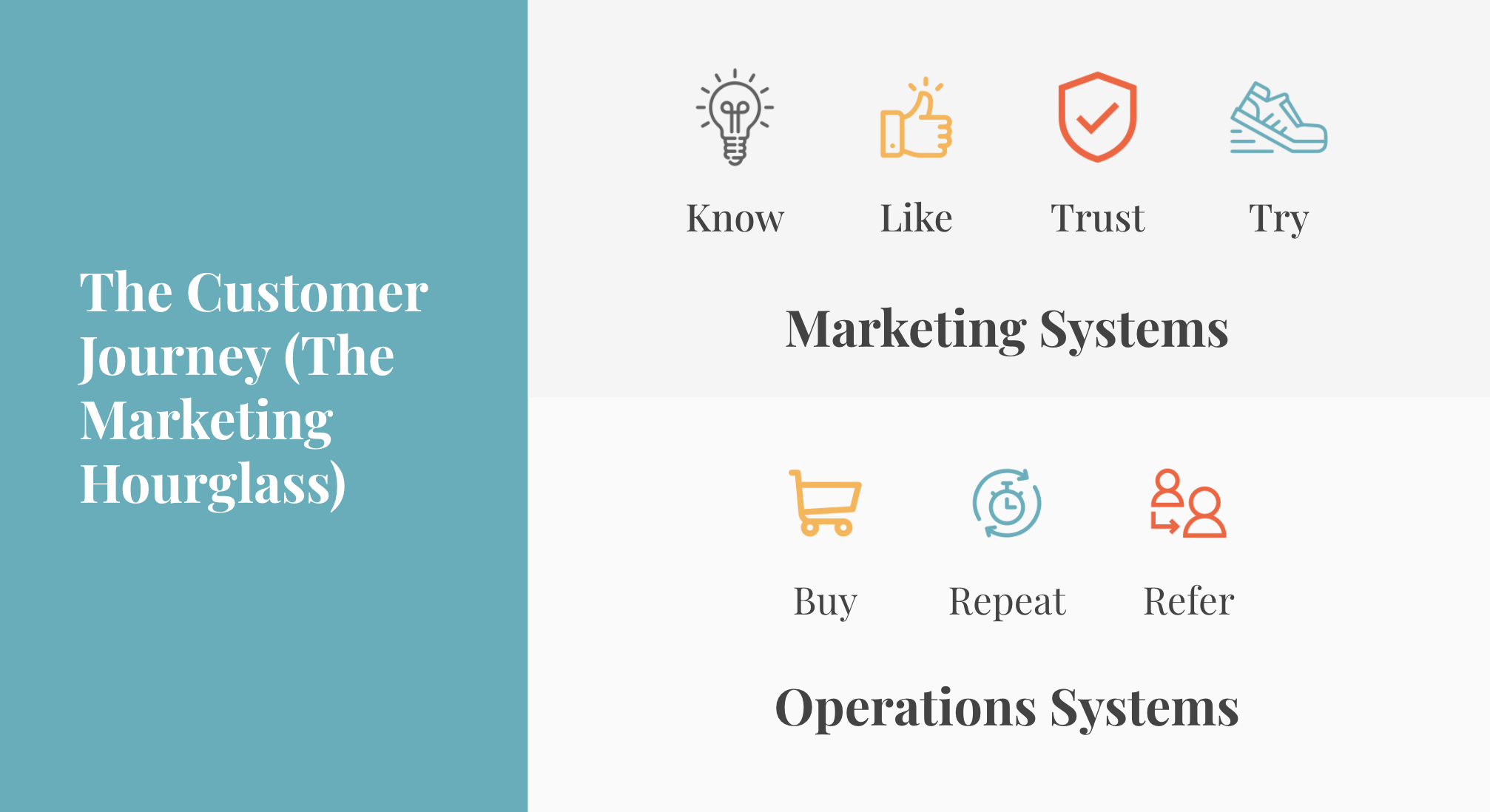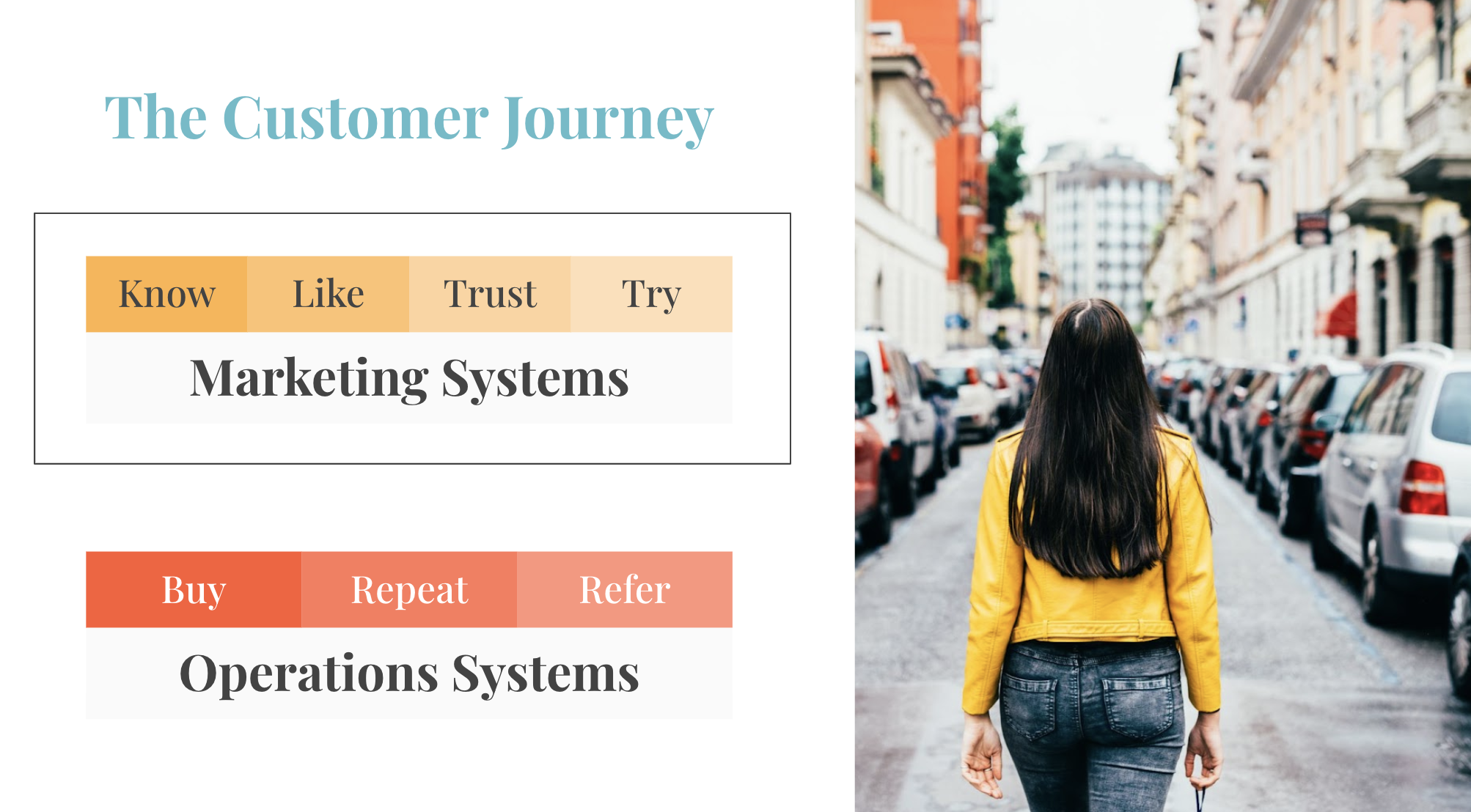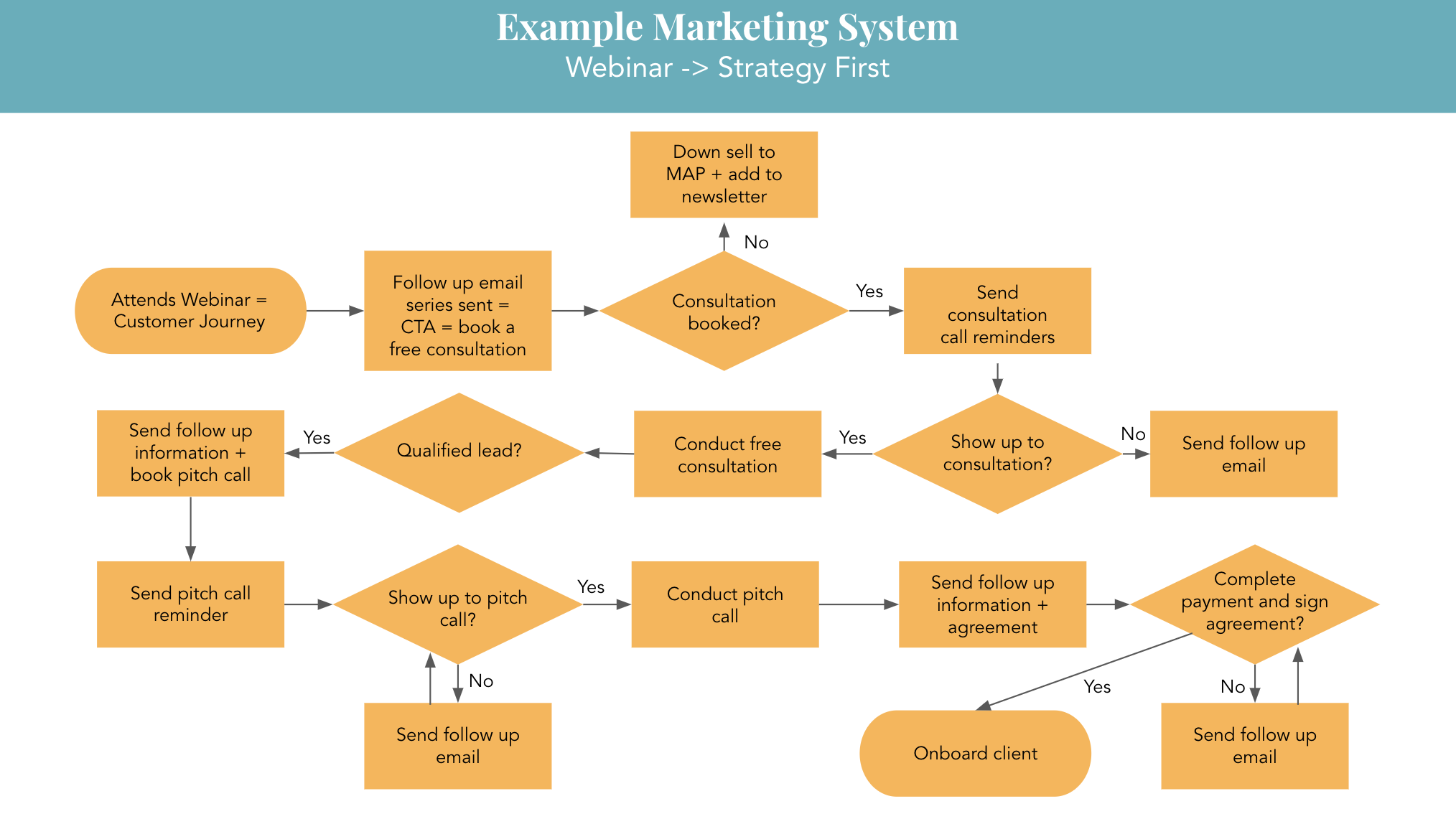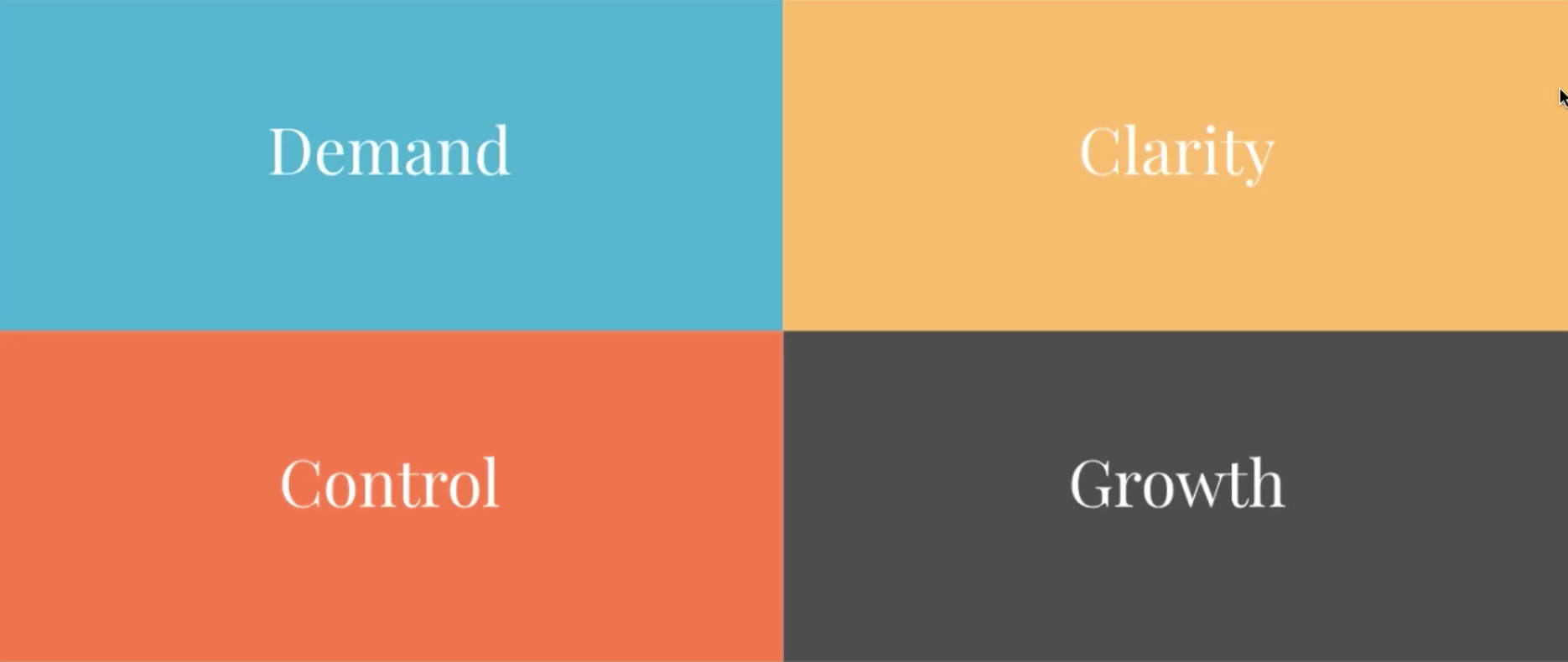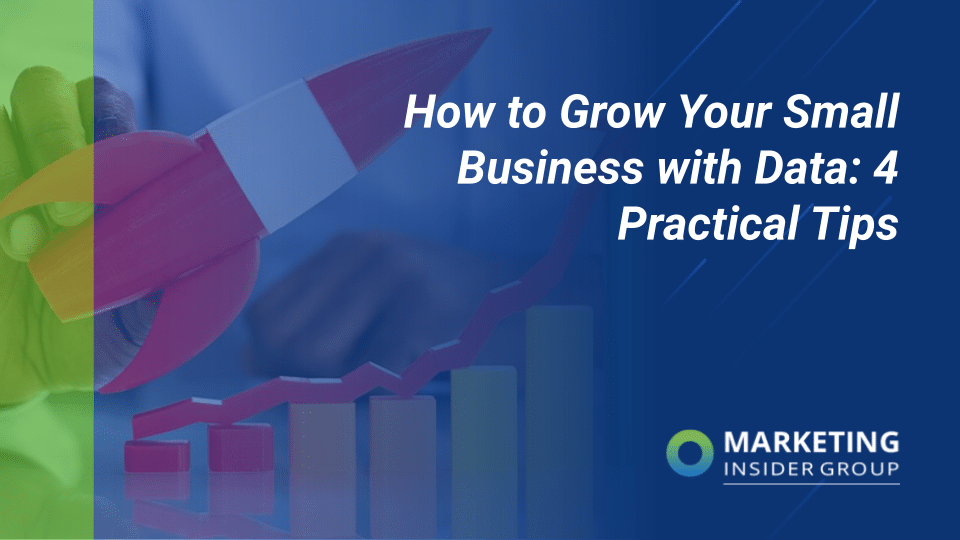
It doesn’t matter if you’re a new company looking for a strong start or a town staple looking to break bad habits, you can always improve and grow your small business. For some, that might mean entering new markets. For others, it may mean creating deeper engagements with existing customers.
Throughout this guide, we’ll look at four effective ways to use data to improve your small business practices to increase new and existing customer engagement and satisfaction. You’ll take both practical behind-the-scenes and public-facing steps to:
- Get organized.
- Pinpoint your ideal customers.
- Work across channels.
- Offer incentives.
Before you initiate any changes, however, we suggest that you define your exact needs and goals—both short and long term—and how you will measure your success in addressing them. Make sure to put this down on paper! Your answers will determine the extent to which you’ll want to focus on each suggestion.
Ultimately, making these changes to your small business practices will help improve your bottom line. Let’s dive in!
1. Get organized.
For your business to make any progress, you must be organized across multiple levels of your operations. While you will likely always face setbacks and hiccups, systemic organization will make the difference between success and failure. Focus your organization efforts around two primary places: your customer database and your inventory management system.
Customer Database
Data hygiene has nothing to do with scrubbing your data’s ears. Rather, it is the ongoing process involved in maintaining clean data that is complete and error-free. all of the ongoing processes involved in guaranteeing data is clean … and error-free.”
You rely on your customer database to make important decisions, personalize customer communications, and generate leads. Databases that contain many errors (whether inaccurate, duplicated, incomplete, or outdated data) can induce huge losses for your business. Take the following steps to clean your business’ data:
- Audit your customer database’s health. What areas of your database contain the most inaccuracies or inconsistencies? What data is missing that could help you make better decisions?
- Remove dirty data. Once you’ve identified the areas of your database in need of remediation, remove inaccurate entries, non-verifiable entries, outdated entries, and duplicate entries. This allows you to move forward with only correct customer information, such as names and addresses. Addressing your customers with the right title and name will make them more likely to purchase from and trust your brand
- Standardize your data fields. Ensure that all of your addresses, numbers, titles, and dates are written in a standard form. For example, a simple inconsistency in how birthdays are entered (DD/MM/YYYY vs. MM/DD/YYYY) could result in major misinterpretations of your customer base demographics.
- Create data-management processes. Looking forward, develop procedures for how staff should collect and store new data. If you have customer-facing forms, such as an account registration form, avoid introducing new errors by providing clear instructions and using conditional logic to trigger different questions depending on individual responses.
If you want to organize your business’s consumer data, but feel uncomfortable diving into the deep waters of data hygiene, consider hiring experts to lead the way. Professional consultants have the necessary training and experience in creating data hygiene procedures, cleaning, organizing, and analyzing data into valuable reports, as well as developing and implementing a data marketing strategy.
Inventory Management System
For small businesses that sell a wide range of products, inventory management can be a time-consuming headache. Luckily, there are modern, tech-driven solutions. Inventory management software, for example, can help save you time and avoid the errors of a manual, pen and paper inventory system.
But you’ll need to be careful in which software you choose. An awkward, one-size-fits-all system will lead to inaccurate item counts and stocking errors that can bring down your business. When deciding on the best inventory management software for your business, consider testimonials from similar businesses, industry-specific benefits, and the provider’s industry expertise.
For example, a grocery store would want to use inventory management tools (including multi-store management, barcode scanner/printer integration, and automatic reordering) that were made with supermarkets in mind.
Ultimately, the tools you choose should make your life easier and more organized—not more difficult and chaotic.
2. Pinpoint your ideal customers.
Since customer retention can boost a business’ profitability, customer retention makes a huge difference for a business’s success. However, if you’re targeting the wrong customers, you’re likely to have high customer churn and a correspondingly low retention rate. You’re not necessarily treating them poorly—you’re probably offering great service—but they’re simply not the right fit for your business.
Instead of trying to guess who your customers are, use a combination of your in-house and third-party data to develop informed customer personas for your business’s ideal customer profiles—the ones that are most likely to become long-term patrons. Follow these three steps to build your personas:
- Segment. Using various data combinations, filter your customers into smaller categories. Pay particular attention to customer age, political affiliation, household income, education, religion, online activity, and purchase history.
- Analyze. Identify patterns, correlations, and trends among the resulting segments. For example, you might want to know where your highest paying customers live, the products they buy, and the best way to reach them.
- Create. Use the information you’ve gathered to draft your personas as if describing an actual customer. Bring each persona to life by giving them a name and fleshing out their motivations, interests, and how your business can help them.
Using the resulting personas will yield more targeted sales, reduced marketing costs, thoughtful product decisions, and improved alignment across your organization.
3. Work across channels.
You can use your customer profiles in your outreach and marketing efforts. Because you likely have several different high-priority customer personas, you’ll want to address the individual needs and priorities of each specific group. Moreover, different customers will be receptive to different modes and marketing tactics. Appending data can help you identify how to best approach your audience. To convert most customers, you should plan to facilitate multiple interactions with your business across a variety of channels, such as:
- Direct mail
- Phone
- Digital ads
- Social media
As your business and target markets grow and change, you’ll need to adjust your marketing and sales plans accordingly. Especially in today’s rapidly changing digital environment, trends quickly come and go and social platforms appear and disappear. Rather than seeing these changes as setbacks, view them as opportunities to try new approaches and grow in different, unexpected directions.
4. Offer incentives.
Customers want to feel valued by your business. Offering loyalty programs rewards regular, high-value customer spending. Your incentives will depend on your target audience. But they will likely include a combination of the following:
- Loyalty promotion programs.
- Free samples.
- Seasonal sales and discounts.
- Free events, classes, and workshops.
Take a page from Tip #3 and make these customer incentives available across channels—both in-person and online.
And remember, incentives aren’t just for customers. To acquire and retain the best staff, Double the Donation recommends using incentives to better engage your employees. You can:
- Create opportunities (such as donation matching, volunteer grants, and company volunteer days) for employees to support the community.
- Set up an employee recognition or loyalty program that highlights and celebrates employee achievements.
- Facilitate social events (such as holiday parties or team outings) to create an environment where employees feel like they can bring their whole selves to work.
While it’s tempting to jump into the incentive game, the best incentives are developed in conjunction with recipients. Survey your employees and your customers to understand exactly how they’d like to be appreciated.
Stopping here, however, is doing a disservice to your business’ success, and putting its future existence in peril. In order to avoid an untimely end and make the best-informed decisions for your business, you’ll need to continue to track, update, and analyze your data.
In fact, the most successful businesses are those that prioritize data across their entire operations: from inventory to sales to customer and employee retention. For example, according to AccuData’s guide to data marketing, businesses with data-driven campaigns see an average of five times return on investment. Instead of relying on one source of information, use a variety of tools, including a POS system and data enhancement services, to collect and leverage the perfect combination of in-house and third-party data in your business’ growth.

Author: Gabrielle Perham, MBA, Director of Marketing
Gabrielle is the Director of Marketing & Sales Operations for Deep Sync and its family of brands: Compact Information Systems, HomeData, AccuData Integrated Marketing, AlumniFinder, ASL Marketing, CollegeBound Selection Service, and DeepSync Labs. She joined the organization in 2017 and possesses more than 15 years of experience in strategic marketing, branding, communications, and digital marketing. She earned a B.S. in Marketing and an M.B.A in Marketing Management from the University of Tampa.
The post How to Grow Your Small Business with Data: 4 Practical Tips appeared first on Marketing Insider Group.



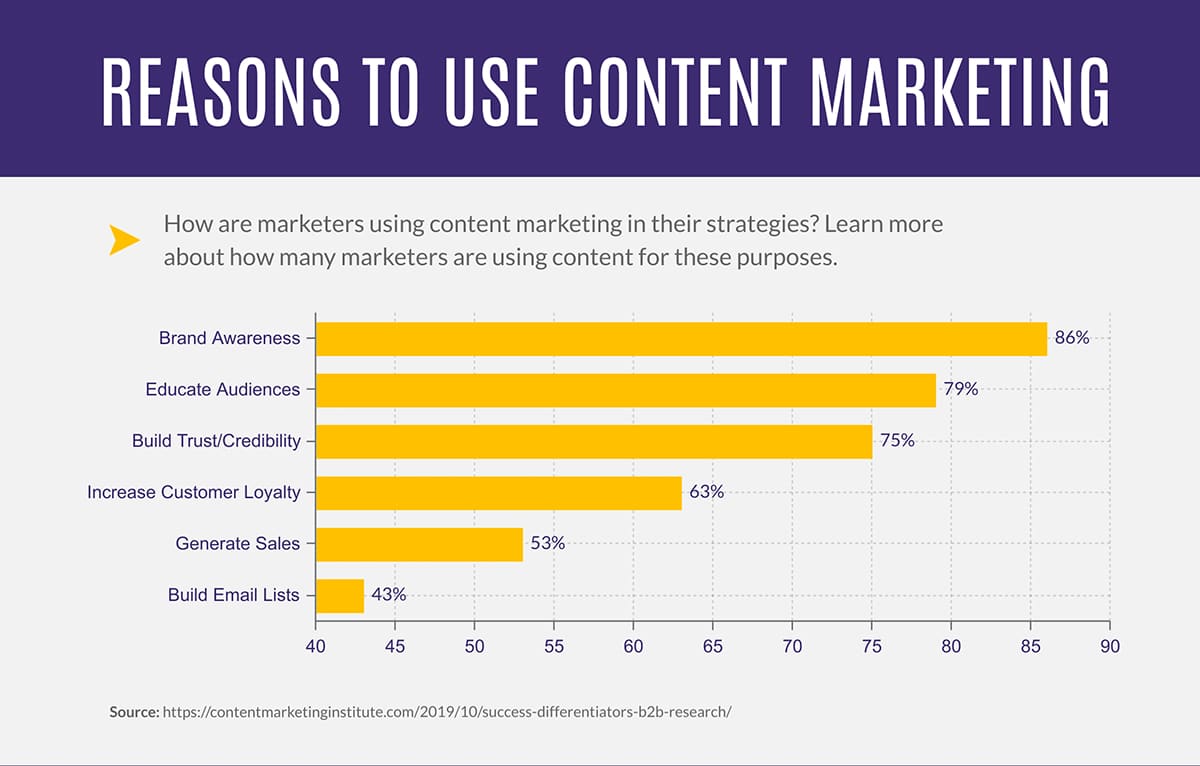
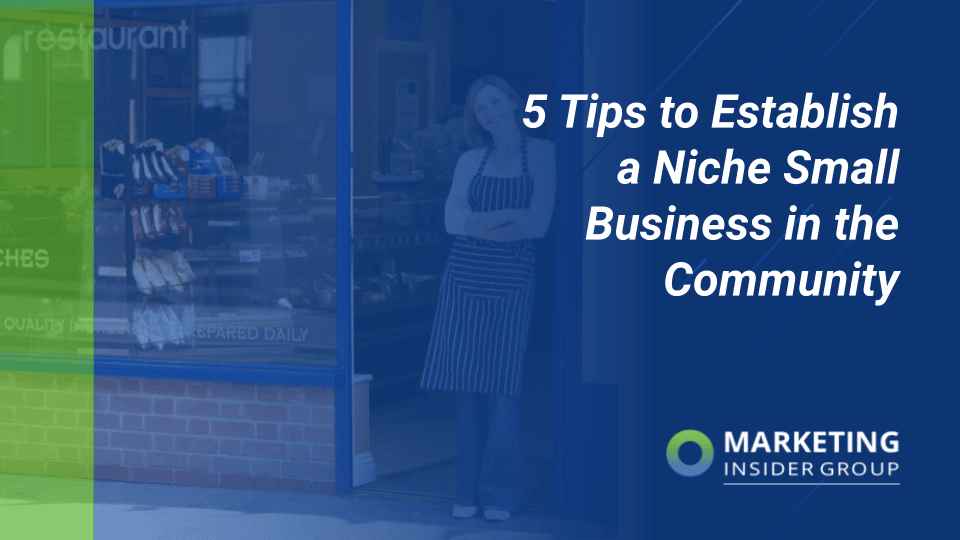
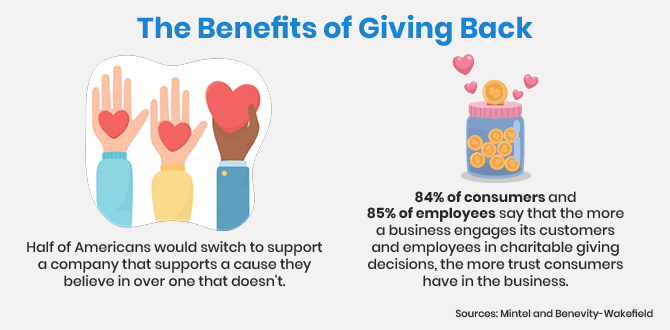
 social media platforms and the audiences they appeal to. ” width=”710″ height=”215″ srcset=”https://marketinginsidergroup.com/wp-content/uploads/2022/11/Dance-Studio-Marketing_Social-Media-Preferences-1.png 710w, https://marketinginsidergroup.com/wp-content/uploads/2022/11/Dance-Studio-Marketing_Social-Media-Preferences-1-300×91.png 300w, https://marketinginsidergroup.com/wp-content/uploads/2022/11/Dance-Studio-Marketing_Social-Media-Preferences-1-150×45.png 150w” sizes=”(max-width: 710px) 100vw, 710px” />
social media platforms and the audiences they appeal to. ” width=”710″ height=”215″ srcset=”https://marketinginsidergroup.com/wp-content/uploads/2022/11/Dance-Studio-Marketing_Social-Media-Preferences-1.png 710w, https://marketinginsidergroup.com/wp-content/uploads/2022/11/Dance-Studio-Marketing_Social-Media-Preferences-1-300×91.png 300w, https://marketinginsidergroup.com/wp-content/uploads/2022/11/Dance-Studio-Marketing_Social-Media-Preferences-1-150×45.png 150w” sizes=”(max-width: 710px) 100vw, 710px” /> Tiffany Bellah has been involved in the dance world at many levels – as a dancer, a dance mom, a studio manager, a virtual assistant to studio owners and now as the Customer Service Manager for Dance Studio Pro. She is the mother of 4 and lives in Southern California where she enjoys working remotely to support the users of the World’s Best Dance Studio Software.
Tiffany Bellah has been involved in the dance world at many levels – as a dancer, a dance mom, a studio manager, a virtual assistant to studio owners and now as the Customer Service Manager for Dance Studio Pro. She is the mother of 4 and lives in Southern California where she enjoys working remotely to support the users of the World’s Best Dance Studio Software. In this episode of the Duct Tape Marketing Podcast, I interview Carolyn Rodz. Carolyn serves as the co-founder and CEO of Hello Alice. Hello Alice is a free, data-driven, and multichannel platform helping small business owners on their entrepreneurial journey by providing access to relevant funding networks and technical assistance tools while increasing owner success rates. Elizabeth Gore and Carolyn launched Hello Alice with the goal of helping entrepreneurs thrive with access to funding, resources, mentorship, and more.
In this episode of the Duct Tape Marketing Podcast, I interview Carolyn Rodz. Carolyn serves as the co-founder and CEO of Hello Alice. Hello Alice is a free, data-driven, and multichannel platform helping small business owners on their entrepreneurial journey by providing access to relevant funding networks and technical assistance tools while increasing owner success rates. Elizabeth Gore and Carolyn launched Hello Alice with the goal of helping entrepreneurs thrive with access to funding, resources, mentorship, and more.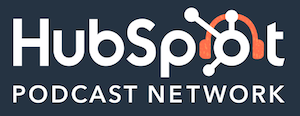
 Air is the leading platform for marketing teams to manage and automate their Creative Operations. Air’s intuitive UI is purpose-built for visual assets. Find files faster with visual search and AI auto-tagging. Share files securely. Fast-track projects and feedback. Teams at Google, Sweetgreen, The Infatuation, and more are saving ten-plus hours a week using Air. Learn more at Air.inc/ducttape.
Air is the leading platform for marketing teams to manage and automate their Creative Operations. Air’s intuitive UI is purpose-built for visual assets. Find files faster with visual search and AI auto-tagging. Share files securely. Fast-track projects and feedback. Teams at Google, Sweetgreen, The Infatuation, and more are saving ten-plus hours a week using Air. Learn more at Air.inc/ducttape.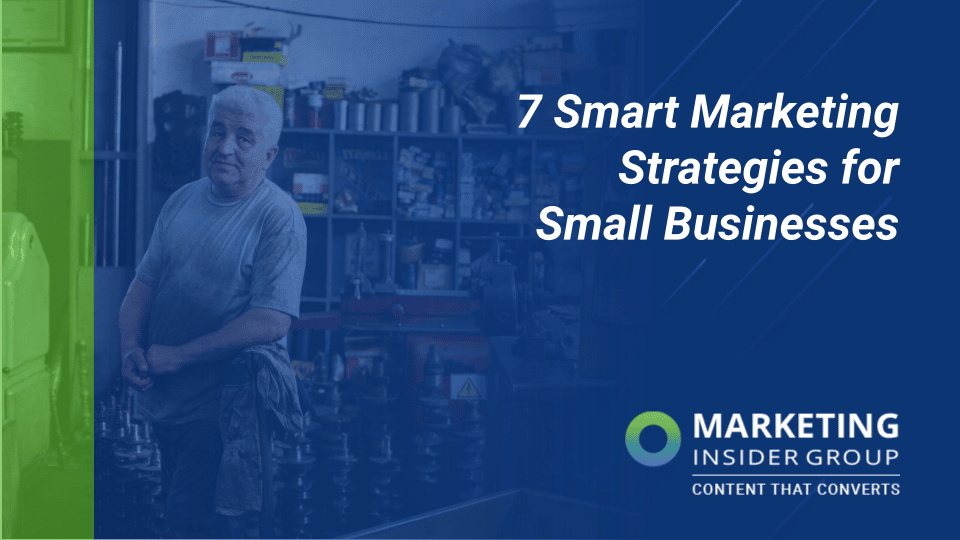

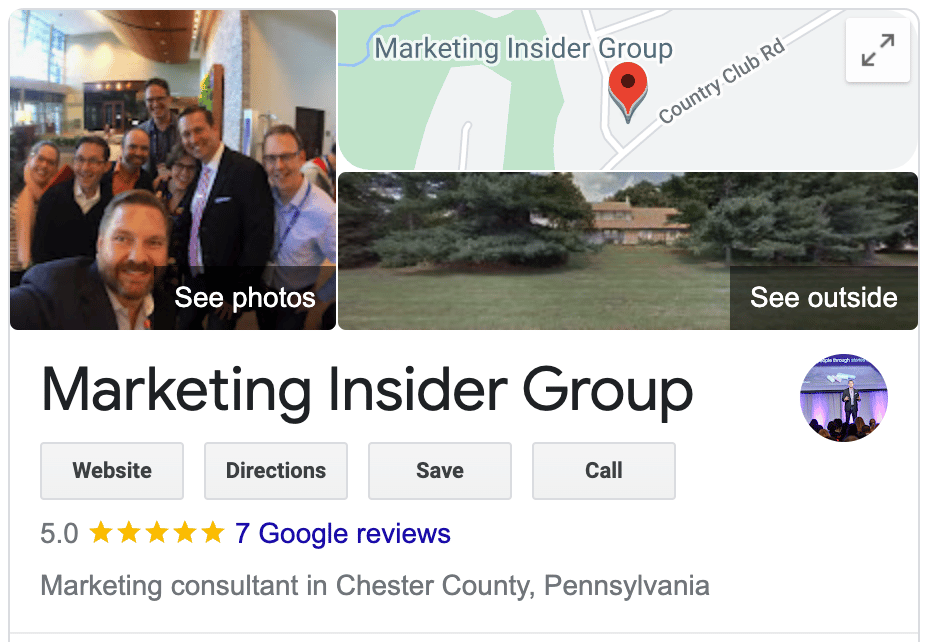

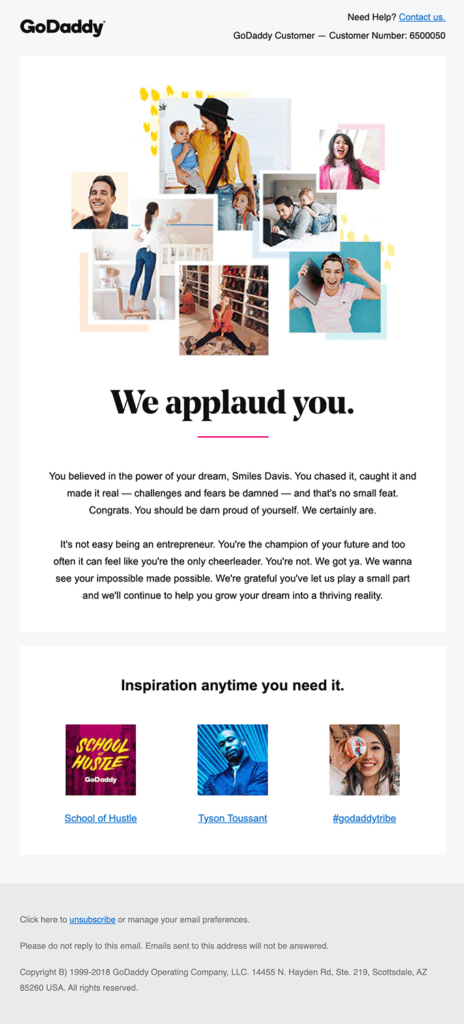

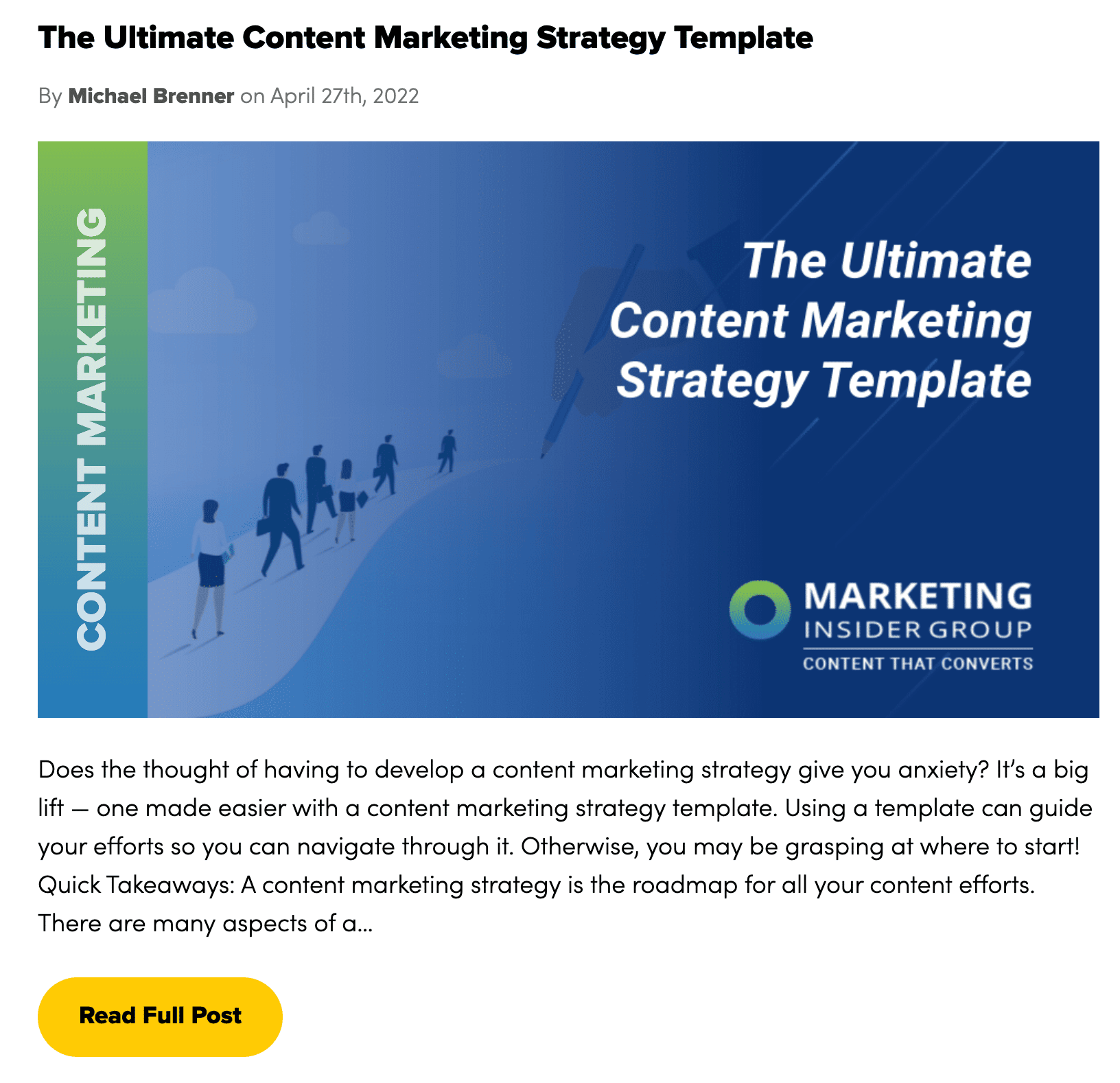


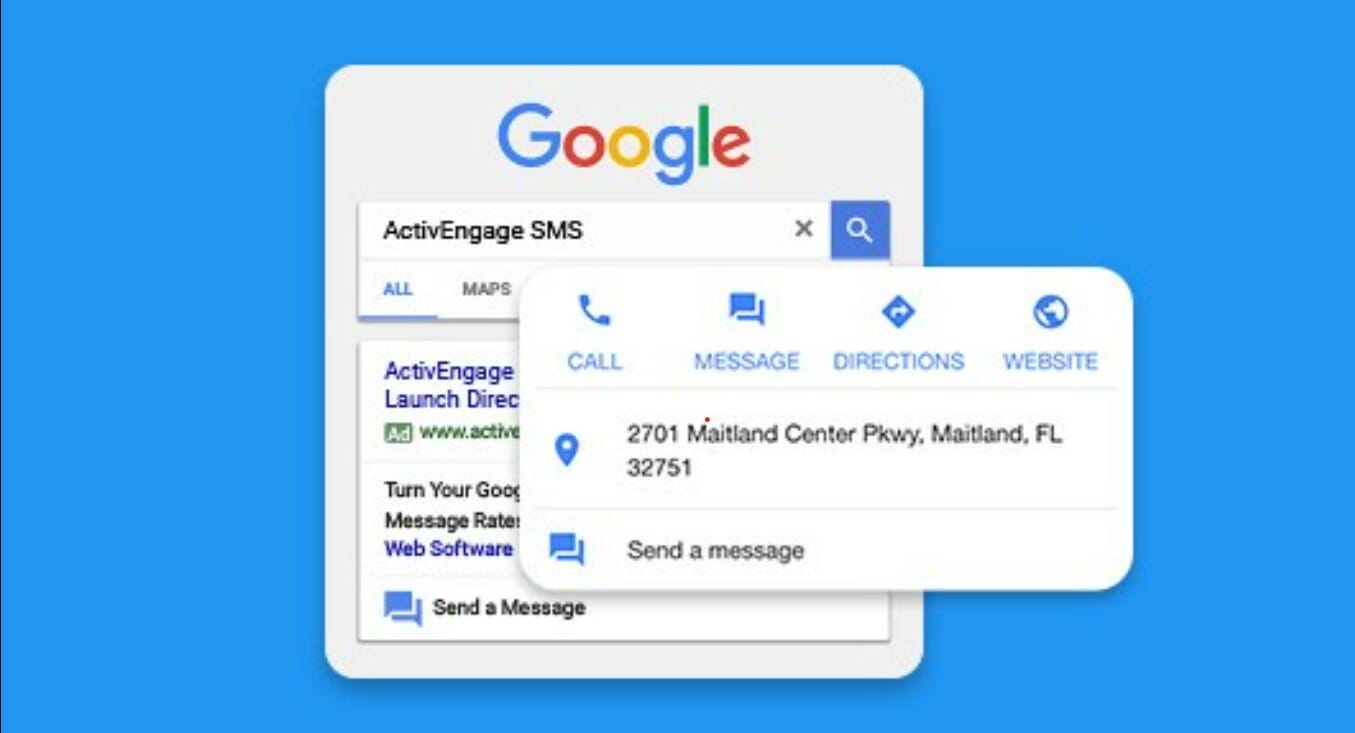
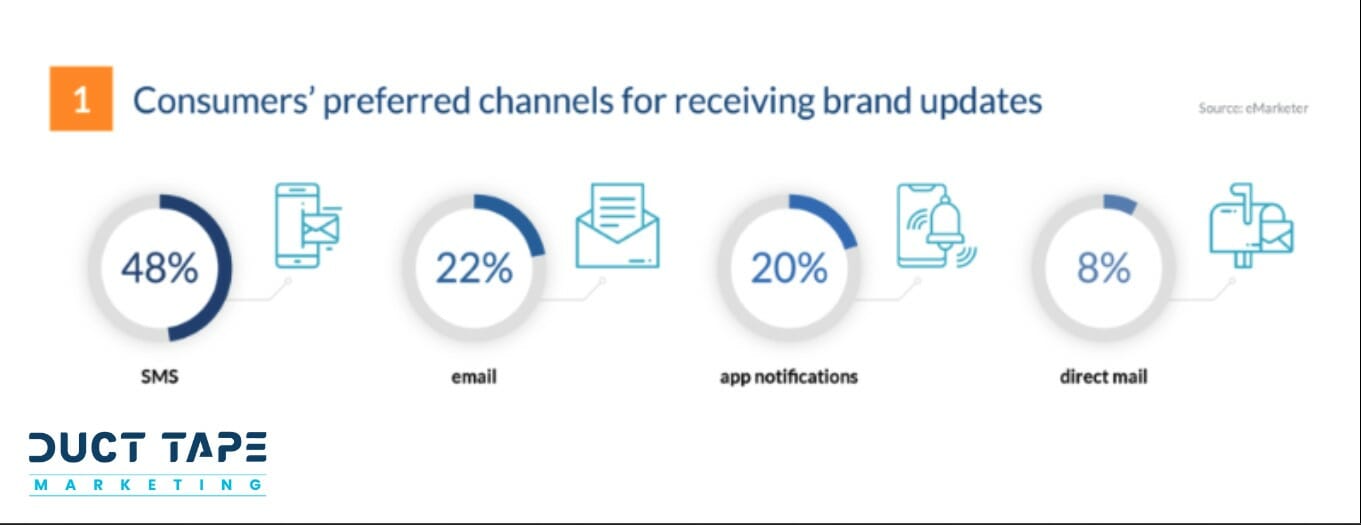
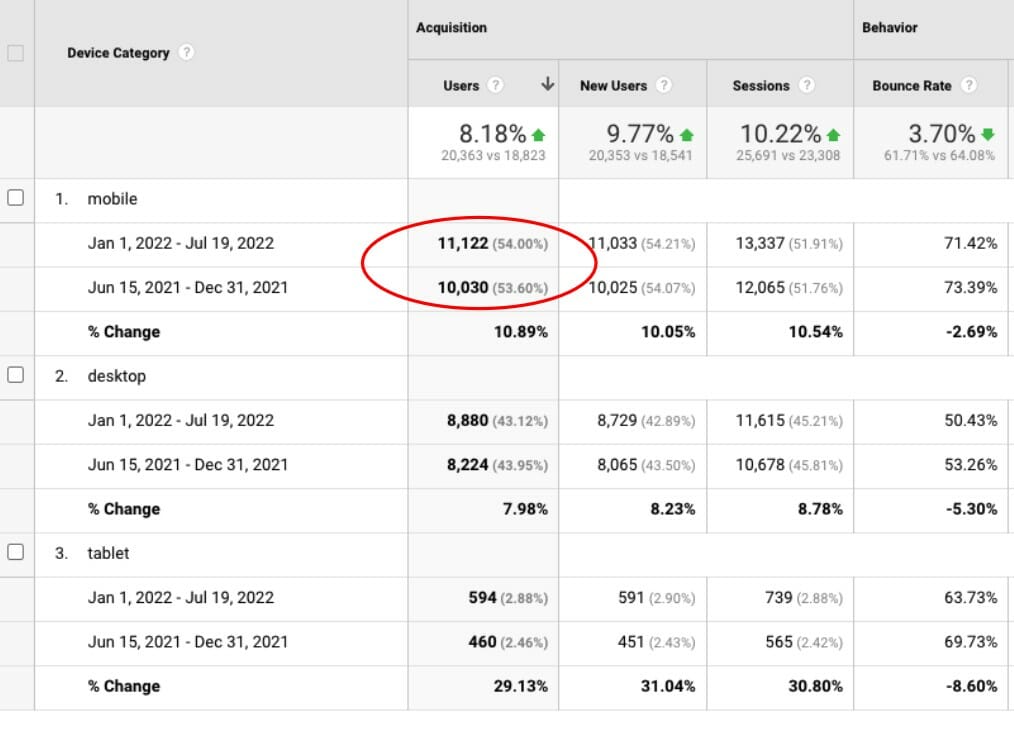
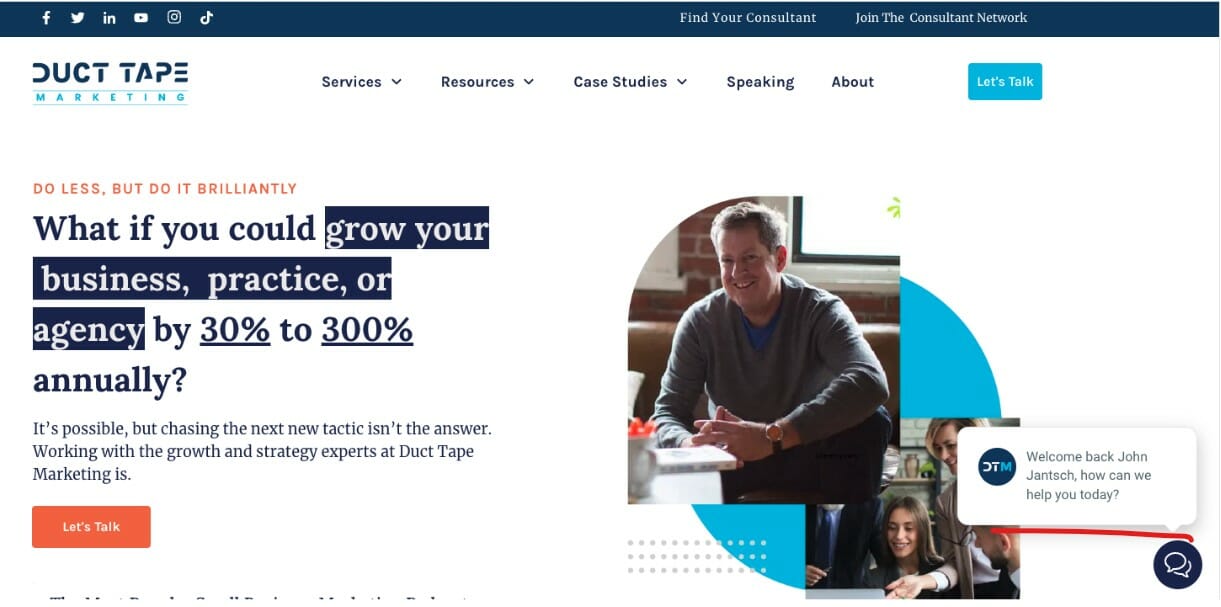
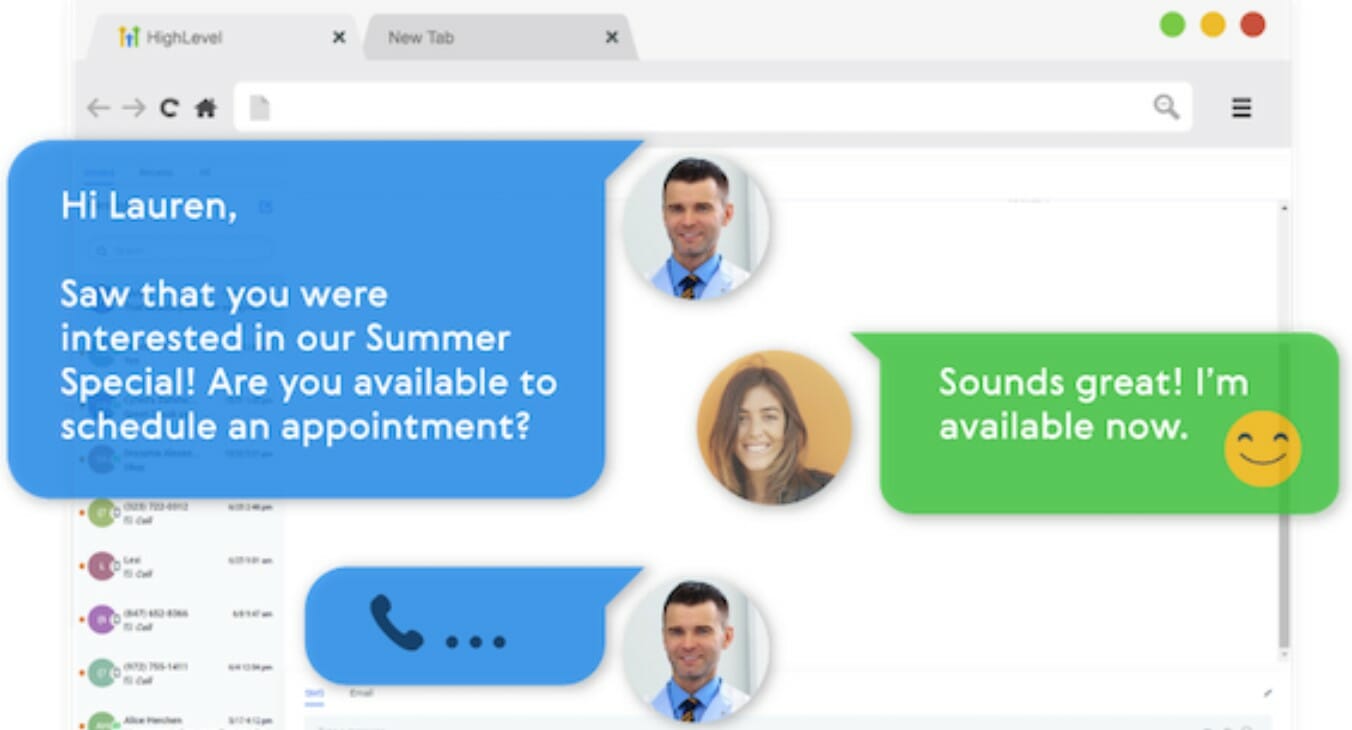

 One of the main reasons why blogging is a good idea is that it forces you to stop and think about your business and your industry. It’ll also encourage you to browse other sites to see what’s newsworthy, making sure that you stay ahead of the curve.
One of the main reasons why blogging is a good idea is that it forces you to stop and think about your business and your industry. It’ll also encourage you to browse other sites to see what’s newsworthy, making sure that you stay ahead of the curve. If you’re knowledgeable in your field then running a blog can be a great way of proving it to other people. Customers love to buy from people who know their stuff, and that’s true whether you’re selling goods or services.
If you’re knowledgeable in your field then running a blog can be a great way of proving it to other people. Customers love to buy from people who know their stuff, and that’s true whether you’re selling goods or services.